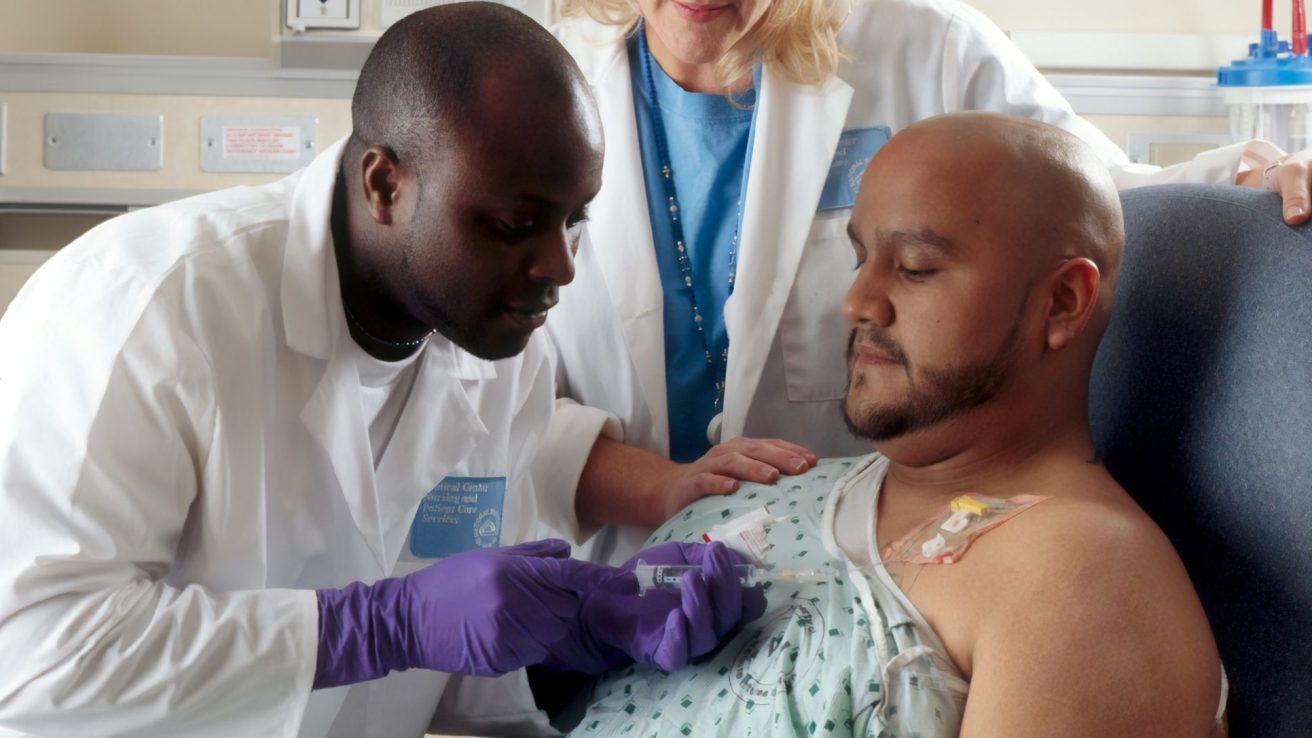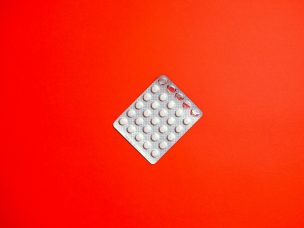Overall, progression-free, and cancer-specific survival worse for participants from areas with highest socioeconomic deprivation.
High area-level socioeconomic deprivation is associated with worse survival for patients with cancer enrolled in clinical trials, according to a study published online March 17 in the Journal of Clinical Oncology.
Joseph M. Unger, Ph.D., from the Fred Hutchinson Cancer Research Center in Seattle, and colleagues examined survival outcomes for patients enrolled in phase III and large phase II clinical trials for major cancers conducted by the SWOG Cancer Research Network from 1985 to 2012 to assess the association between socioeconomic deprivation and outcomes. Data were included for 41,109 patients from 55 trials comprising 24 cancer histology and stage-specific cohorts.
The researchers found that trial participants from areas with the highest socioeconomic deprivation (Area Deprivation Index [ADI], 80 to 100 percent) had worse overall, progression-free, and cancer-specific survival compared with trial participants in the most affluent areas (ADI, 0 to 20 percent; hazard ratios, 1.28, 1.20, and 1.27, respectively). After adjustment for insurance status, prognostic risk, and rural or urban residency, the results were similar. As ADI quintiles increased, there was a continuous increase observed in the risk for all outcomes.
“This work shows the persistent health effects of poverty over time, and ultimately policy solutions need to address disparities across the lifespan,” Unger said in a statement. “Access to guideline-based care helps all cancer patients, but it alone is not enough to fix the health inequities driven by socioeconomic deprivation.”
Abstract/Full Text (subscription or payment may be required)










